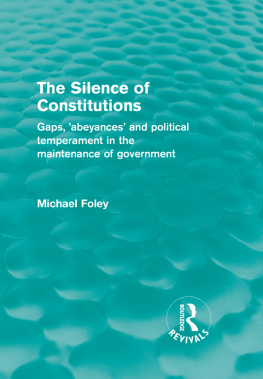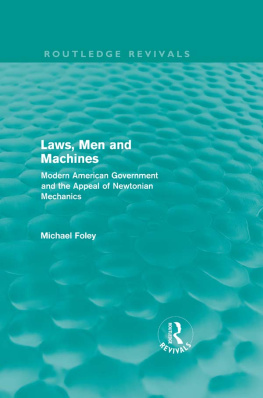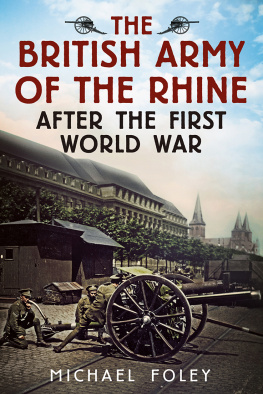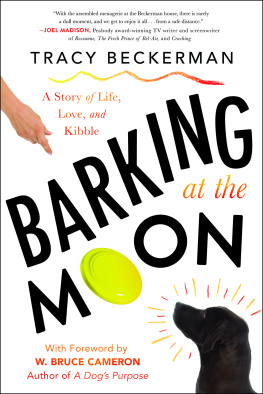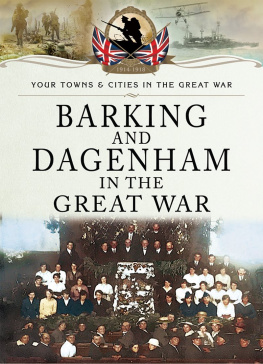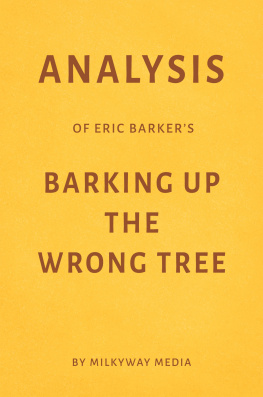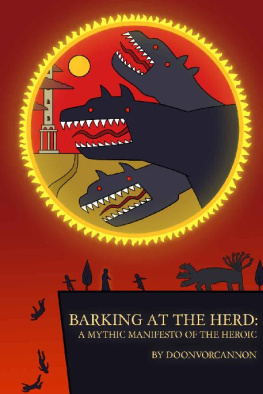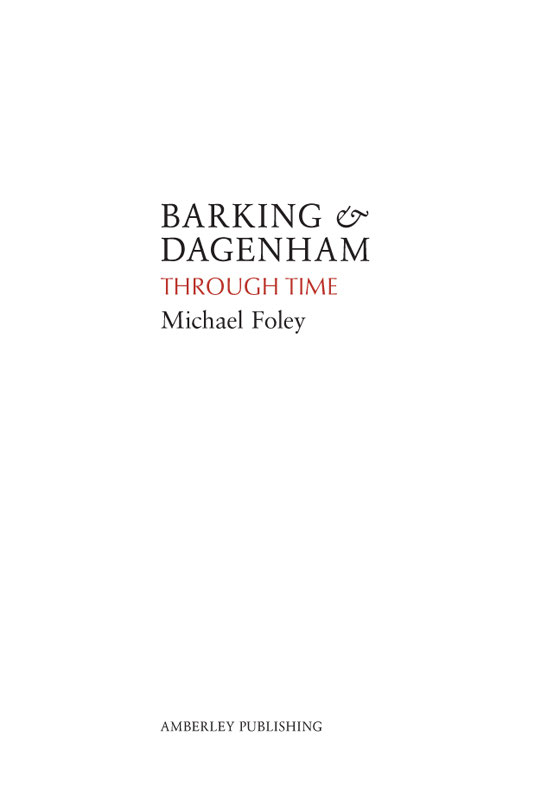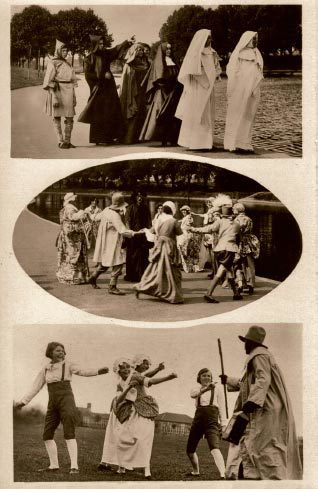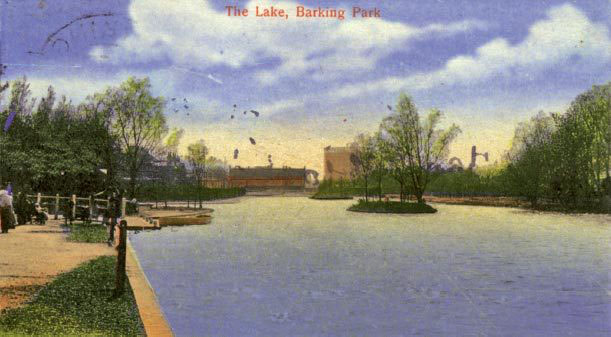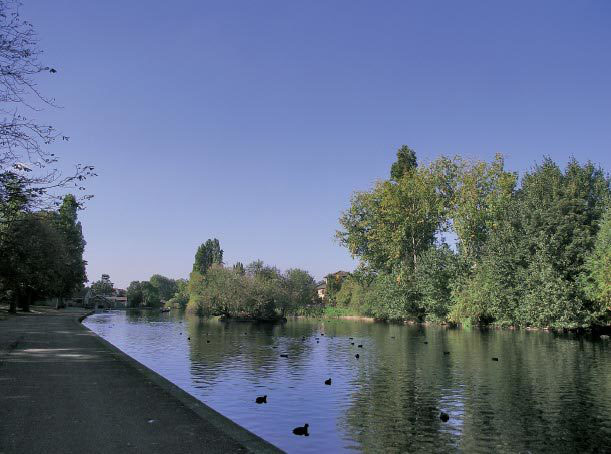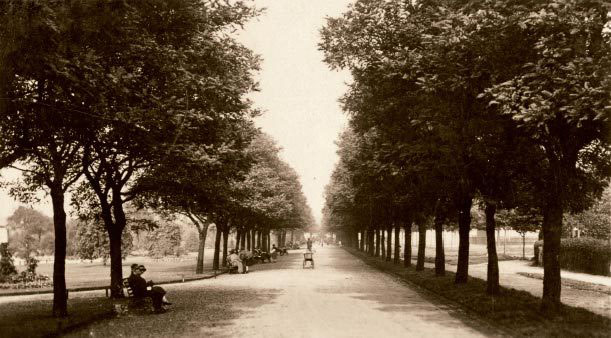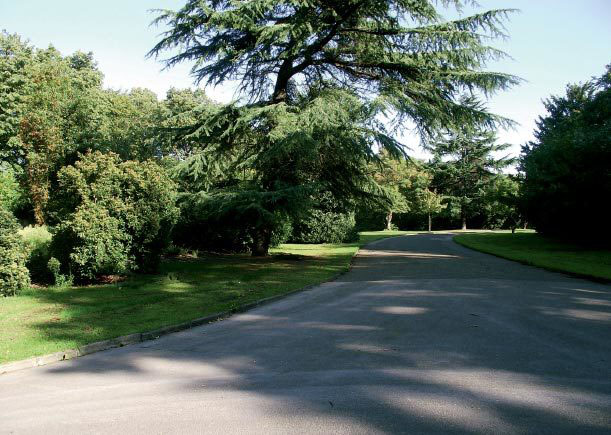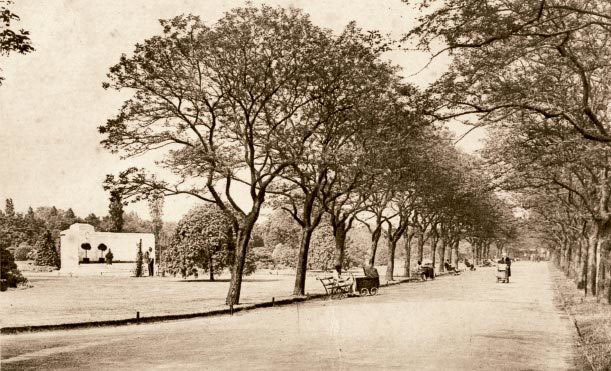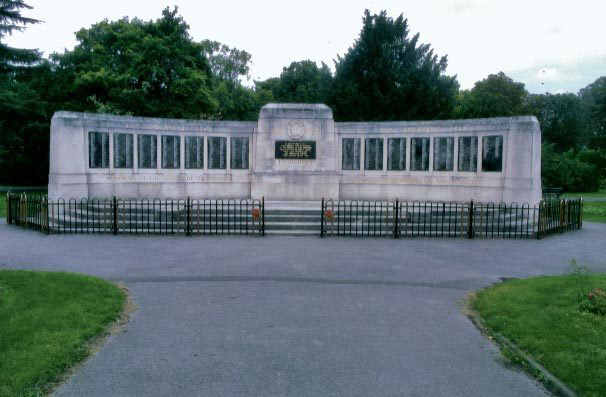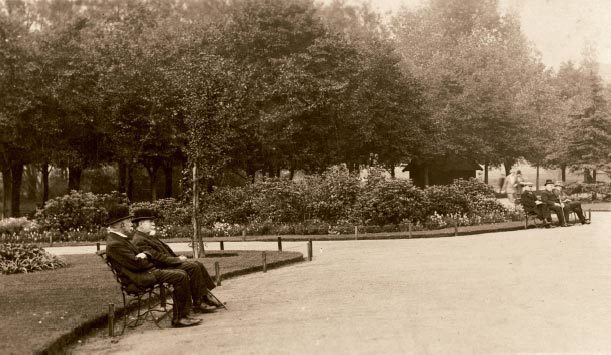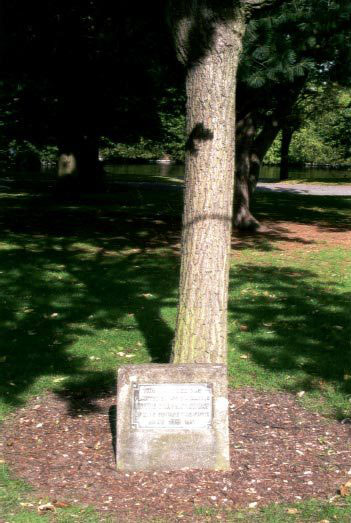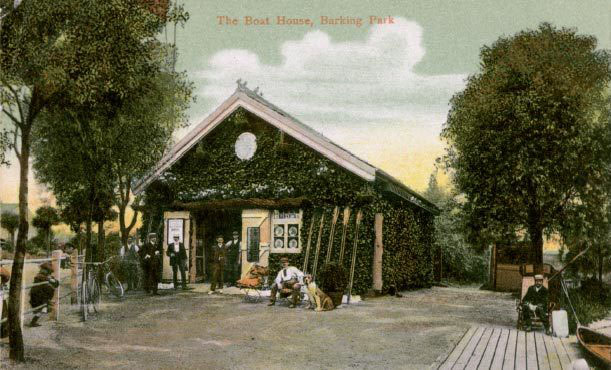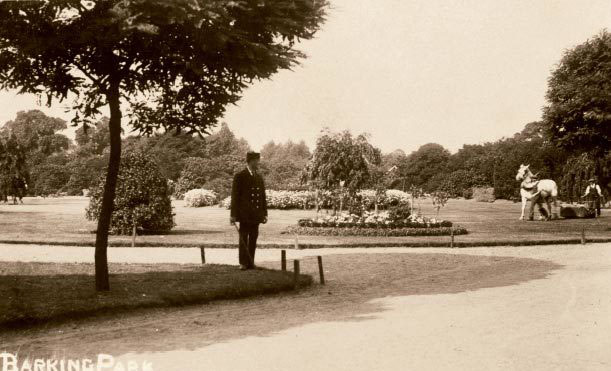Scenes in Barking pageant.
To Tich & Alan
This electronic edition published 2013
Amberley Publishing
The Hill, Stroud, Gloucestershire
GL5 4EP
www.amberley-books.com
Copyright Michael Foley 2009, 2013
ISBN 9781445602400 (PRINT)
ISBN 9781445626789 (e-BOOK)
All rights reserved. No part of this book may be reprinted or reproduced or utilised in any form or by any electronic, mechanical or other means, now known or hereafter invented, including photocopying and recording, or in any information storage or retrieval system, without the permission in writing from the Publishers.
British Library Cataloguing in Publication Data.
A catalogue record for this book is available from the British Library.
Contents
Introduction
Barking & Dagenham Through Time
Introduction
Barking and Dagenham have been closely connected throughout history. In the distant past Barking owed its existence to the abbey that stood there for centuries. It was burnt down by the Vikings at one point, but then rebuilt on an even grander scale. It was thought to be a suitable home for a king; William the Conqueror lived there while waiting for the Tower of London to be built. There are also rumours that the kings army was based at nearby Uphall, an ancient fortress site dating back to the Iron Age.
The connection with Dagenham at this time was that the abbey owned much of the land in the area.
The paths of the two towns diverged in later times, as Barking became a centre for industry with a large fishing fleet based around the town quay. As this industry declined, others came to take its place, again mainly based around the river, which was used to transport goods.
Dagenham, meanwhile, was still a small rural village surrounded by farmland. It was to stay this way until after the First World War when the Becontree estate was built to re-house the people from the overcrowded slums of Londons East End. It was to become the largest council estate in the world at the time. As the majority of the estate was in Dagenham, both towns developed separate identities.
However, this did not last and the two towns once again came together as the London Borough of Barking and Dagenham. Despite being a London Borough, the area has always retained its aura of being part of Essex.
The last hundred years then have seen many changes, as can be seen from the old images in this book. Many of the rural scenes have vanished under the housing that gives Dagenham its identity. It has been said that all the streets in Dagenham look the same. When one looks closely this is not the case, with several types of housing included in the estate.
A number of the old pubs that survived the coming of the new estate have recently vanished, but in some cases they have left the memory of their names to the areas where they stood. Along with the pubs, many of the shops have disappeared. The recent economic downturn has led a number of shops to bring down the shutters for the last time. This has happened even in Barkings main shopping centre with almost whole streets, once boasting streams of busy shops, shutting down. North Street and London Road are two examples.
It becomes obvious as you look through the images in this book that despite the idea that Dagenham only began life with the Becontree estate, there was much more there before this. No one can dispute Barkings impressive history, and this book shows how much of that history can still be found without too much trouble.
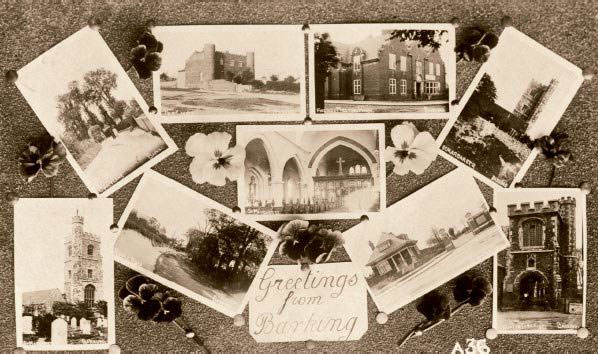
Barking Park
The most striking thing about Barking Park is the boating lake. It is more than half a mile long and around feet wide. It was always a popular and well-used resource in the park until the boats were withdrawn. The lake is one part of the park that has hardly changed.
Music in the Park
The park was popular during the First World War, not only for those relaxing in the old image. Concerts were often held in the park by military bands. The local newspapers reported that thousands of people attended the concerts. The bandstand has now gone and been replaced by a car park.
Barking Park War Memorial
Concerts were not the only events held in the park. Just before the First World War, thousands of spectators turned up to watch a flying display by Mr B. C. Hucks in his military-type Bleriot plane. The display was to raise funds for a cottage hospital in the town. Another military connection is the war memorial which now stands in the park.
Patriotism
The elderly gentlemen relaxing in the park in the early part of the century would have no doubt been very patriotic, as was the norm in those days. It is no surprise then that a memorial for the Coronation of George V should have been placed by a tree planted to commemorate the event.
The Boathouse
The boating lake in the park was very popular. Originally, only rowing boats were available, but in 1953 motorboats made an appearance for the first time along with the paddle steamer Phoenix This lasted until 1967. Unfortunately, the boathouse shown has now been closed.



